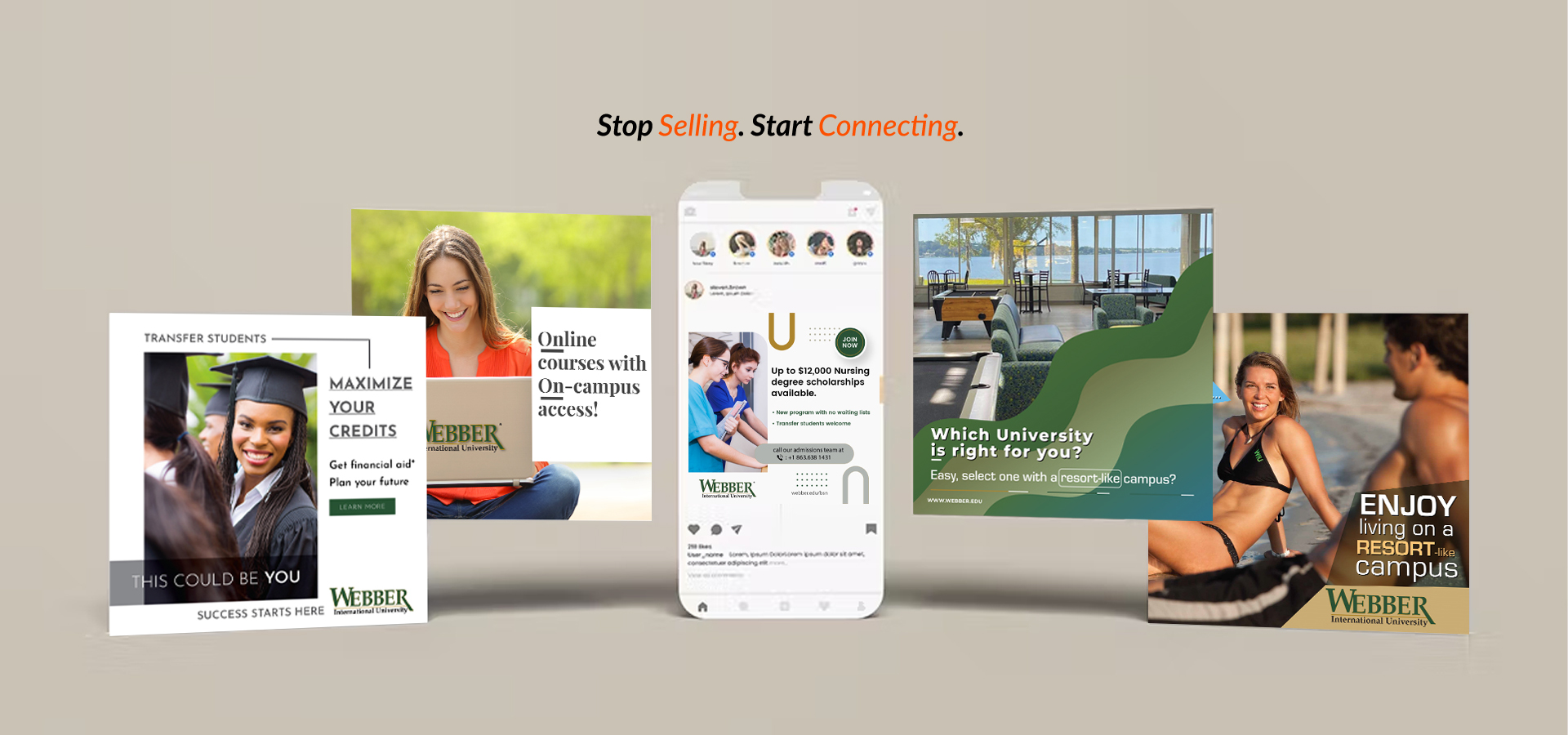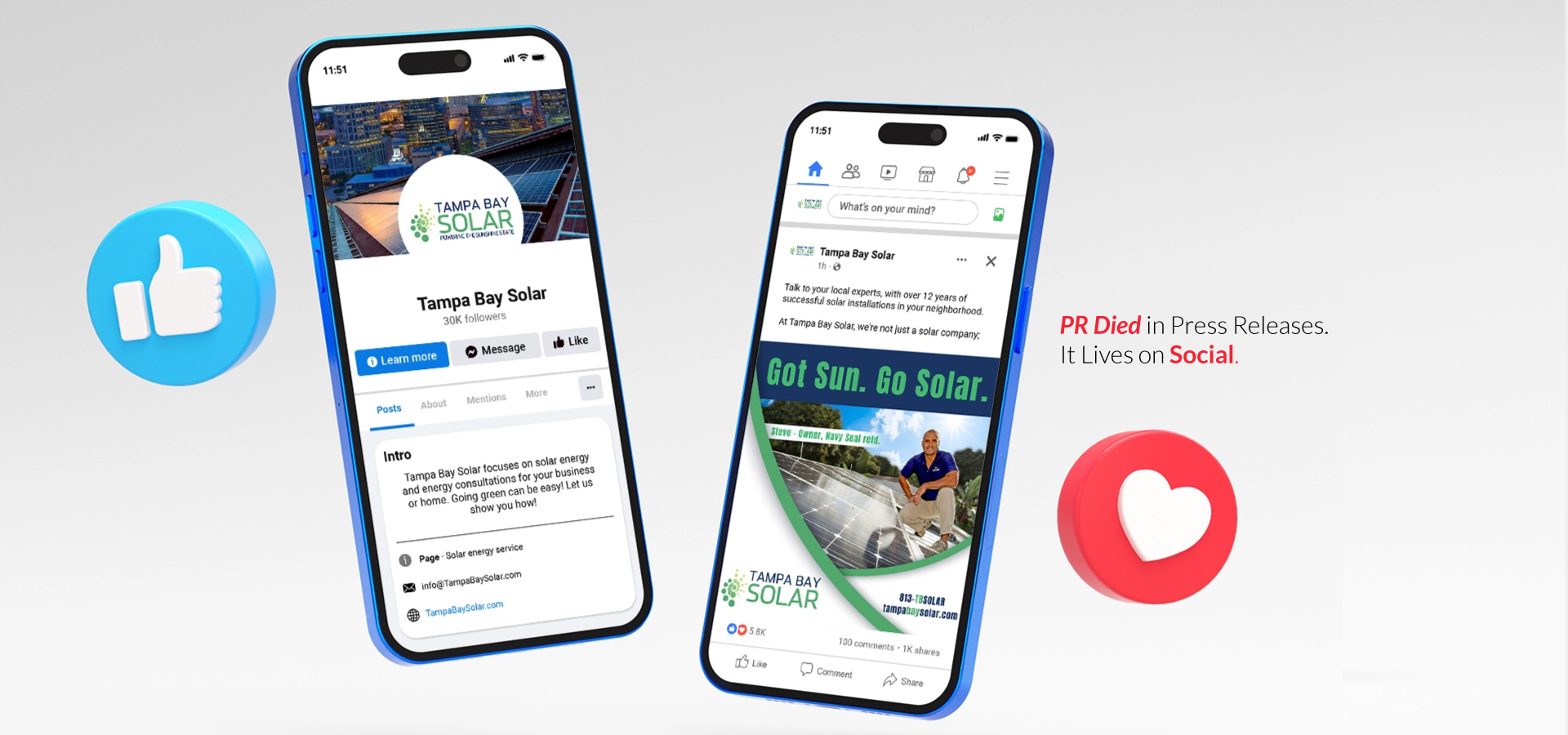Traditional ads don’t work as well as they used to. People often skip, block, or scroll past them. That’s why brands are turning to branded content marketing, a more innovative way to connect with people.
What is Branded Content Marketing?
Branded content marketing means creating content that people enjoy, learn from, or find useful. It can be fun, entertaining, or educational.
Unlike regular ads, branded content doesn’t push you to “buy now.” Instead, it tells a story, solves a problem, or inspires the audience.
Think of it this way: ads tell you to purchase. Branded content shows why a brand matters without forcing a sale.
How is it Different from Ads?
Traditional ads interrupt. For example, you’re watching a video and suddenly a commercial plays.
Branded content blends in with what you already enjoy. For example, a Netflix show sponsored by a brand feels like part of the story, not an interruption. Research shows branded content creates three times more engagement than old-style ads. That’s why it has become a key strategy for many marketers.
Real Brand Examples
Some of the best campaigns prove how powerful branded content can be:
- Nike uses digital storytelling and inspiring content to turn its brand into a lifestyle, not just a product.
- GoPro shares user adventure clips, inspiring others to do the same.
- Apple utilizes sleek, emotionally driven digital content to make technology feel personal and aspirational.
These brands understand that people want value, not just sales pitches.
Why It Matters
When brands create genuine, helpful, or entertaining content, trust grows. Branded content builds relationships. If your content makes people laugh, learn, or solve a problem, they remember your brand positively, and that connection often leads to loyalty.
Key Elements of Good Branded Content
To work well, branded content must be:
- Authentic – people can spot fake content instantly.
- Valuable – it should inform, entertain, or solve problems.
- Story-driven – stories create emotional connections.
- Audience-focused – it must be about what the audience cares about, not just what the brand wants to say.
Types of Branded Content
The strength of branded content is its flexibility. It can take many forms:
- Videos on YouTube, Instagram, or TikTok.
- Podcasts that go deep into topics people care about.
- Blog posts and articles that teach or inspire.
- Interactive tools or quizzes that give instant value.
- Events or experiences sponsored by brands.
Examples:
- A recipe blog from a kitchen brand.
- A fitness video series from a sportswear company.
- A money guide from a bank.
All of these add value beyond just selling products.
How to Measure Success
Branded content is not only about sales. Instead, marketers look at:
- The time people spend on the content
- Likes, shares, and comments
- Return visits
- Audience growth
- Brand sentiment (how people feel about the brand)
When people trust and like your brand, sales follow naturally later.
How to Start with Branded Content
- Know your audience. What do they care about? What are their pain point? What do they enjoy? Utilize surveys, social media, and customer feedback to gather insights.
- Find common ground. Your content should align with your brand values and your audience’s interests.
- Focus on quality. Poor-quality videos or poorly written posts can harm your brand more than help it.
- Be consistent. Posting regularly builds habits and keeps your brand visible.
- Be patient. Branded content is about fostering long-term trust and loyalty, rather than generating instant sales.
The Future of Marketing
Studies have shown that companies using branded content receive more attention than those selling only ads. The point is obvious: would you want to interrupt your consumers or provide them with content? In addition to being helpful, entertaining, or inspiring, the brand earns the trust of the people. Hence, branded content is best positioned to build down-to-earth trust by transforming the brand from a mere seller to a trusted member in people’s lives.





